Face Nose

How do I clean and store my reusable face mask ?
Face masks have become an essential part of our daily lives, especially during the COVID-19 pandemic. If you're using a reusable face mask, it's crucial to clean and store it properly to maintain its effectiveness and longevity. Here's a step-by-step guide on how to do so: ### Cleaning Your Reusable Face Mask Hand Washing * Fill a basin or sink with warm water: Make sure the water is not too hot to avoid damaging the fabric. * Add a mild detergent: Use a gentle soap or laundry detergent that is free from bleach and harsh chemicals. * Soak the mask: Let the mask soak in the solution for at least 30 minutes. * Gently scrub: Use your hands or a soft brush to gently scrub the mask, paying special attention to the areas around the nose clip and ear loops. * Rinse thoroughly: Rinse the mask under running water until all soap residue is removed. * Lay flat to dry: Place the mask on a clean towel or hang it to air dry completely before using it again. Machine Washing * Place the mask in a mesh laundry bag: This will protect the mask from getting damaged in the washing machine. * Select a delicate cycle: Use cold or warm water and set your washing machine to a gentle cycle. * Use mild detergent: Choose a detergent that is free from bleach and harsh chemicals. * Dry the mask: After washing, either lay the mask flat to air dry or tumble dry on low heat. ### Storing Your Reusable Face Mask Proper Storage Techniques * Keep it clean and dry: Ensure that your mask is completely dry before storing it to prevent mold growth. * Store in a breathable container: Use a paper bag or a breathable fabric pouch to store your mask. Avoid using plastic bags as they can trap moisture. * Avoid direct sunlight: Direct sunlight can degrade the fabric over time, so store your mask in a cool, shaded area. * Separate dirty and clean masks: Keep your clean masks separate from used ones to avoid cross-contamination. When to Replace Your Mask Visible damage or wear: If your mask has holes, torn seams, or is significantly faded, it's time to replace it. Loss of shape or fit: If the mask no longer fits snugly against your face or if the nose strip is no longer effective, consider replacing it. Reduced effectiveness: If you notice a decrease in filtration efficiency or breathability, it may be time for a new mask.

How does wearing a face mask affect oxygen levels in the body ?
Wearing a face mask is an essential practice during the COVID-19 pandemic to prevent the spread of the virus. However, some people have concerns about whether wearing a mask affects oxygen levels in the body. In this article, we will explore how wearing a face mask affects oxygen levels in the body and provide evidence to support our claims. There are two main ways in which wearing a face mask can affect oxygen levels: decreased airflow and increased carbon dioxide retention. However, studies have shown that wearing a face mask does not significantly reduce oxygen levels in healthy individuals who are not exercising heavily. In healthy individuals, wearing a face mask does not pose any significant risk of low oxygen levels. However, if someone has underlying respiratory conditions such as asthma or COPD, they may experience shortness of breath or other symptoms when wearing a face mask. To ensure adequate oxygen levels while wearing a face mask, one can follow these tips: choose the right type of mask, maintain good hydration, exercise regularly, avoid heavy exercise, and consult with healthcare professionals if necessary.

Can wearing a face mask cause skin irritation or acne ?
Wearing a face mask can cause skin irritation or acne due to friction, pressure, heat, moisture buildup, and bacterial growth. To prevent these issues, choose breathable materials, wash your face regularly with gentle cleansers, use oil-free skincare products, change your mask frequently, and consult a dermatologist if necessary.
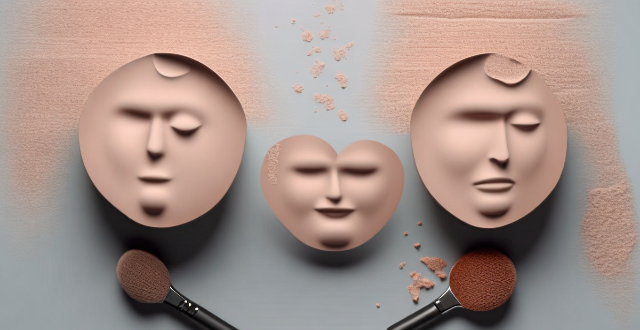
Are there any shortcuts to doing a full face of makeup quickly ?
In this guide, we explore shortcuts and tips for doing a full face of makeup quickly. We discuss preparation, multi-tasking products, streamlined techniques, and time-saving tools. By following these steps, you can do a full face of makeup quickly without sacrificing quality or style.
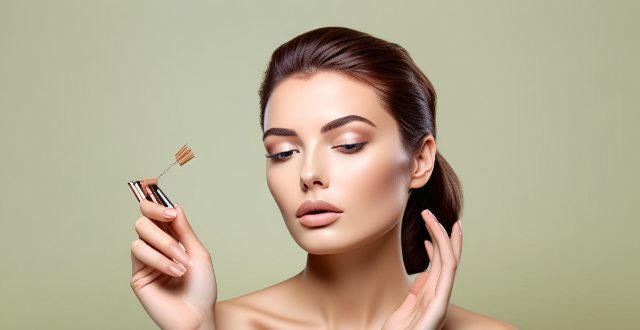
How do I create a simple, everyday makeup look that's also fast to do ?
Creating a simple, everyday makeup look that is also quick to apply involves several steps and products. Start with clean skin by washing your face with a gentle cleanser and applying a lightweight moisturizer. Prime your face with a primer to create a base for your makeup. Apply foundation evenly across your face using a makeup sponge or foundation brush. Use concealer to cover any blemishes or dark circles under your eyes, and add a bit of highlighter to the high points of your face. Add some color to your cheeks with blush and bronzer. For eye makeup, use a neutral eyeshadow close to your skin tone, curl your lashes and apply mascara, and fill in your eyebrows with a pencil or powder that matches your brow color. Finish with a lip balm or tinted lip balm/light lipstick. Finally, use a setting spray to lock in your makeup and ensure it lasts throughout the day. By following these steps, you can create a simple, everyday makeup look that is both fast to do and enhances your natural beauty.
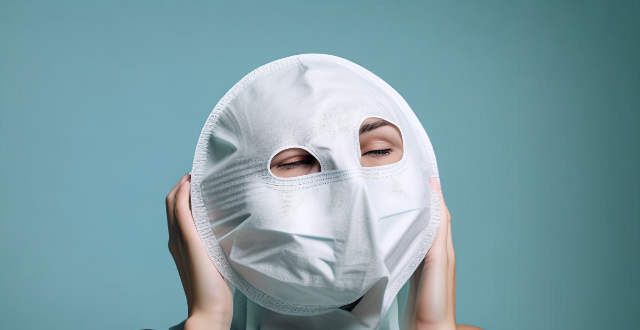
Can wearing a face mask for a long time cause breathing problems ?
Wearing a face mask for extended periods can cause breathing issues, especially if the mask is not fitted properly or worn incorrectly. There are various types of face masks, each with its own potential impact on breathing, including surgical masks, N95 respirators, and cloth masks. Prolonged use of face masks can lead to increased resistance, humidity, and reduced oxygen intake. To minimize potential breathing issues while wearing a face mask, it's important to ensure proper fit, choose breathable materials, take breaks, stay hydrated, and consult a healthcare professional if necessary. Overall, the benefits of source control and infection prevention should be balanced against any minor discomforts experienced.

What are the benefits of using a face mask regularly ?
The text provides a summary of the benefits of using a face mask regularly, including improved skin health, anti-aging benefits, acne prevention and treatment, and relaxation and self-care. The improved skin health section discusses the benefits of moisturization, cleansing, nutrient infusion, and brightening effects. The anti-aging benefits section highlights boosting collagen production, fighting free radicals, plumping up fine lines and wrinkles, and improving skin texture. The acne prevention and treatment section covers reducing inflammation, balancing oil production, unclogging pores, promoting healing, and preventing future breakouts. The relaxation and self-care section emphasizes stress relief, aromatherapy benefits, sensory experience, and quality me-time. Overall, the text suggests that incorporating face masks into a regular skincare routine can offer numerous benefits for both physical and mental well-being.
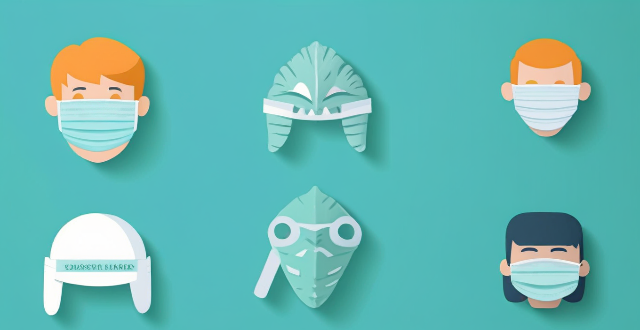
Is it safe to reuse disposable face masks after being out in public ?
The safety of reusing disposable face masks depends on several factors, such as the type of mask, how long you've been wearing it, and whether or not you've touched the outside of the mask. The CDC recommends replacing your disposable face mask as soon as it becomes moist or dirty. While it may be tempting to reuse disposable face masks to conserve resources, doing so could compromise their effectiveness. It is generally recommended to follow the guidelines provided by health organizations and experts and prioritize your health and safety by using clean and effective personal protective equipment.

What challenges do athletes face when using their platform to advocate for peace ?
Athletes face challenges when advocating for peace, including navigating political landmines, dealing with criticism and backlash, balancing personal brand and advocacy, finding common ground, maintaining credibility, overcoming language barriers, and avoiding complacency.

What challenges do athletes from different cultural backgrounds face when competing in foreign countries ?
Athletes from different cultural backgrounds face challenges when competing in foreign countries, including language barriers, cultural differences, time zone changes, and homesickness. These issues can affect performance, mental state, and overall experience during competition. Overcoming these challenges requires resilience, adaptability, and a strong support system.
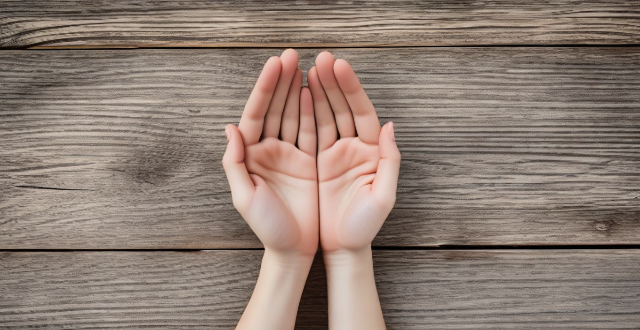
How often should I wash my hands to maintain good hygiene ?
Washing hands is an essential part of maintaining good hygiene. It helps prevent the spread of germs and diseases, especially during these times of COVID-19. Here are some tips on how often you should wash your hands: before eating or preparing food, after using the bathroom, after coughing/sneezing/blowing your nose, before touching someone else's face, and after handling dirty objects. It's important to wash your hands frequently throughout the day to maintain good hygiene and prevent the spread of germs and diseases.
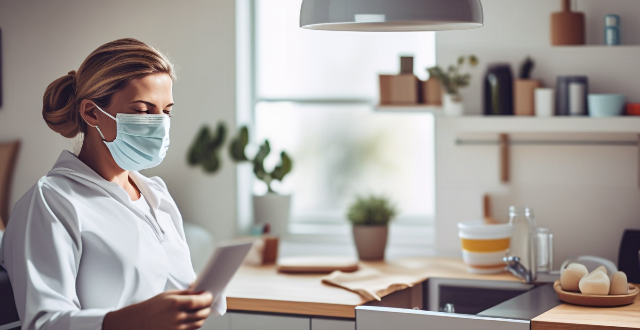
What are some effective ways to practice social distancing in daily life ?
Effective ways to practice social distancing include staying at home as much as possible, keeping a safe distance from others, wearing a mask or face covering in public, washing hands frequently, cleaning and disinfecting high-touch surfaces, and following respiratory etiquette. These practices can help slow the spread of infectious diseases and protect individuals and communities.
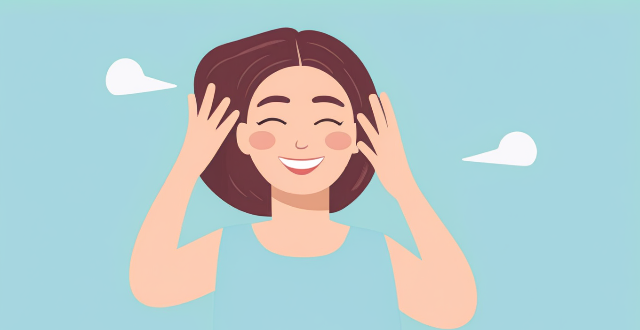
What are the best practices for personal hygiene ?
Personal hygiene is essential for maintaining good health and preventing the spread of illnesses. Best practices include washing hands regularly, showering daily, brushing teeth twice a day, wearing clean clothes, trimming nails, covering mouth when coughing or sneezing, avoiding touching face, keeping living space clean, getting enough sleep, and staying hydrated.
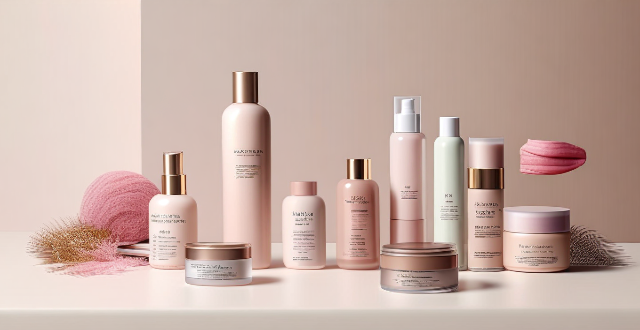
How can I enhance my facial features with makeup ?
Makeup techniques to enhance facial features include contouring, highlighting, eye makeup application, blush and bronzer use, lip enhancement, foundation and concealer application, and setting with powder and spray. These methods aim to create a balanced, polished look by defining facial areas, lifting the face, warming up the complexion, and adding dimension. Experimentation is key to finding the best techniques and products for enhancing individual facial features.
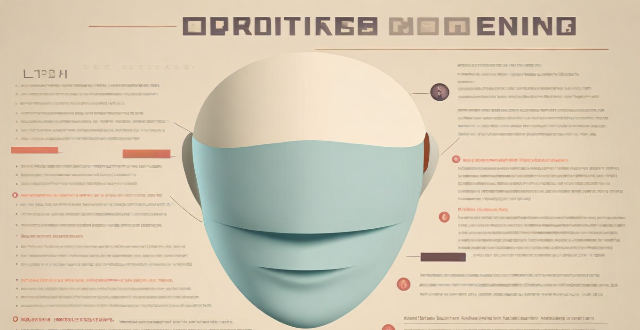
How often should you change your face mask ?
The article discusses the importance of changing face masks frequently to maintain their effectiveness in protecting against COVID-19. Factors such as the type of mask, level of exposure, personal hygiene, and symptoms of illness determine how often a mask should be changed. Disposable masks are designed for single use, cloth masks should be washed after each use or at least once a day, and N95 respirators have specific guidelines for replacement. It is crucial to follow proper guidelines to prevent the spread of infection and keep oneself and others safe.

What precautions should be taken while traveling during the COVID-19 pandemic ?
The text provides a comprehensive list of precautions to take while traveling during the COVID-19 pandemic. These include monitoring health, maintaining hand hygiene, wearing face coverings, practicing social distancing, using respiratory etiquette, cleaning and disinfecting surfaces, ensuring food safety, organizing travel documentation, choosing safe accommodations and transportation, and staying informed about the latest information on COVID-19. By following these guidelines, travelers can help protect themselves and others from the virus.

How can I protect myself from getting infected with COVID-19 ?
The text provides tips on how to protect oneself from getting infected with COVID-19, including washing hands frequently, covering mouth and nose when coughing or sneezing, practicing social distancing, wearing a mask in public, staying home as much as possible, and getting vaccinated if eligible. These precautions can help reduce the risk of infection and protect oneself and others.

Are there any alternative methods for preventing infectious diseases besides vaccination ?
Besides vaccination, there are several alternative methods that can help prevent the spread of infectious diseases, including hand hygiene, wearing personal protective equipment (PPE), following respiratory etiquette, and maintaining safe food practices. These measures can reduce the risk of infection and contribute to controlling the spread of infectious diseases.